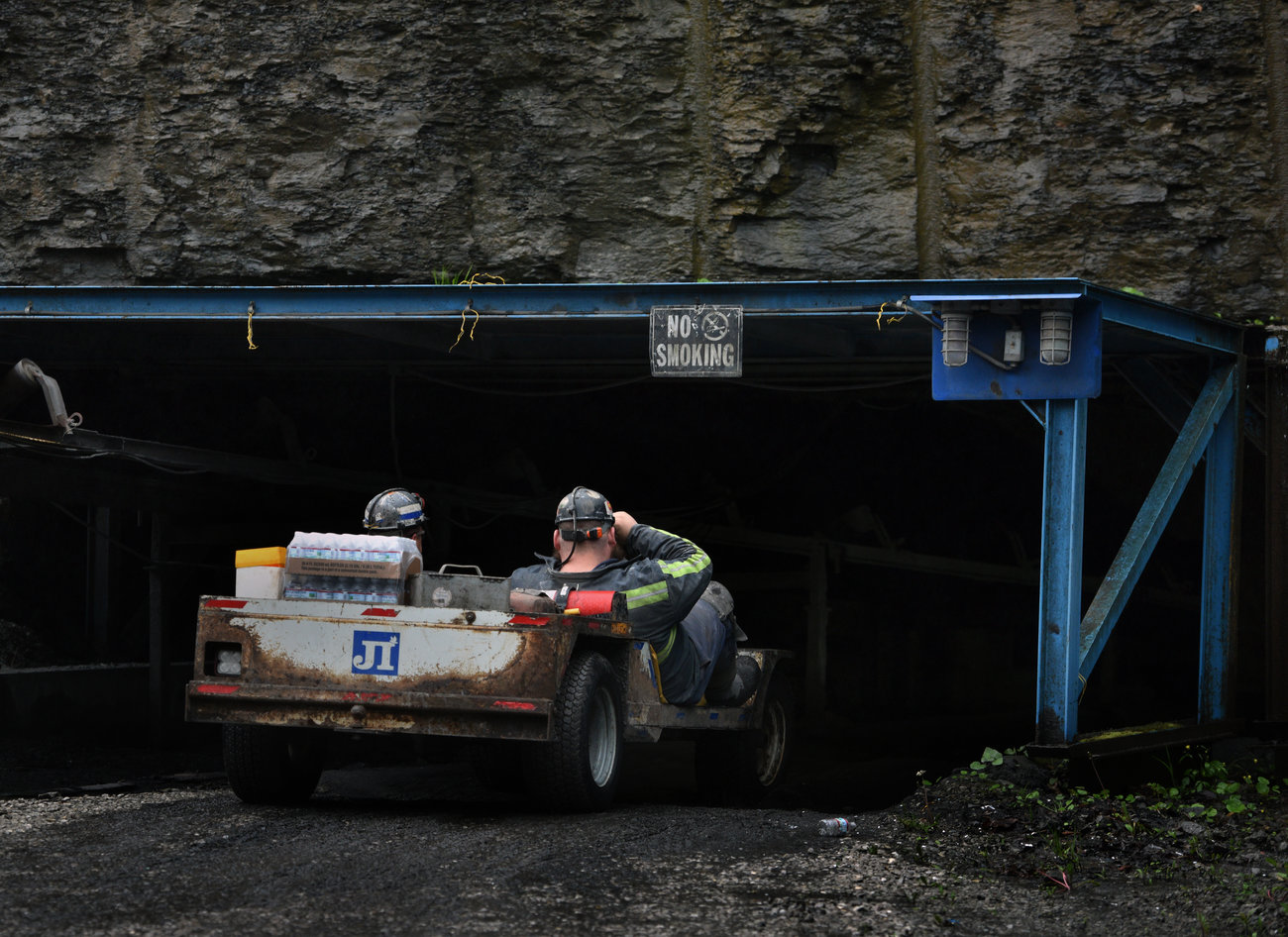Federal mine safety regulators have announced a new rule aimed at cutting down the leading causes of fatal injuries to workers.
The Mine Safety and Health Administration will require mine operators to have written safety programs for mobile equipment used in surface and underground operations.
Machinery and powered haulage have become the leading cause of serious and fatal accidents in all types of mining.
According to MSHA statistics, 26 workers have sustained fatal injuries industry wide this year from mobile equipment. In the coal sector, six were killed this year, including two in West Virginia.
In one instance, a worker was thrown off a bulldozer. In another case, a worker was pinned by a personnel carrier that rolled backward and overturned.
Chris Williamson, the assistant secretary for Mine Safety and Health, says he’d like to see mine operators make training a priority and eliminate hazards that can put worker safety at risk.
The final rule will be published in the Federal Register on Wednesday.
A separate MSHA rule to lower miners’ exposure to silica dust is due to roll out in April. Silica dust has worsened black lung cases and caused the disease to affect younger miners.
